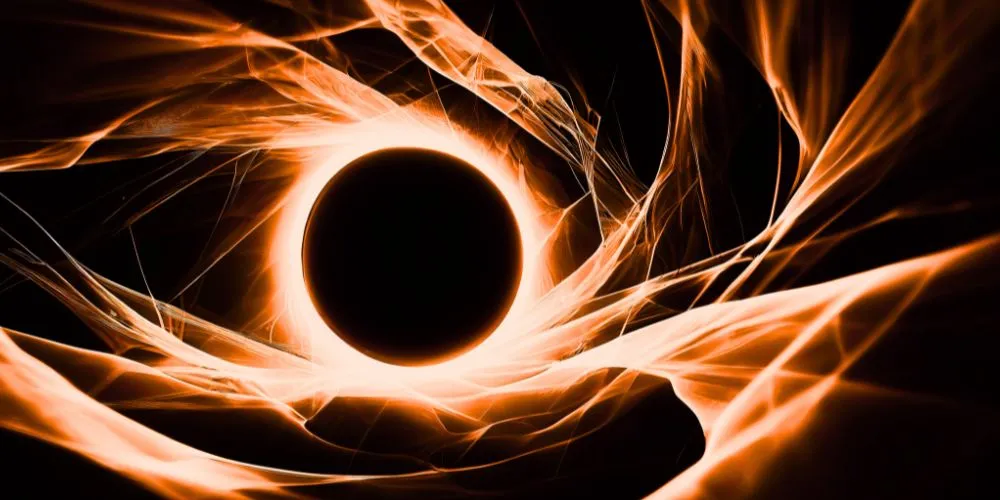Key Points
- The recent survey identified 2,500 dwarf galaxies actively feeding black holes and found nearly 300 new intermediate-mass black hole candidates.
- The Dark Energy Spectroscopic Instrument (DESI) mapped 1.5 million galaxies, helping identify black hole activity in dwarf galaxies.
- Dwarf galaxies may represent the early stages of black hole and galaxy evolution, offering clues to cosmic growth.
- Studying intermediate-mass black holes helps scientists understand how the first black holes may have formed.
A groundbreaking survey of the cosmos has significantly expanded our knowledge of active black holes in dwarf galaxies, tripling the number of known black holes in these miniature galaxies and uncovering the largest collection of intermediate-mass black holes to date. The recent study reports the discovery of around 2,500 dwarf galaxies that actively feed black holes at their centers, a huge increase from the 500 previously known.
Astronomers also identified nearly 300 new intermediate-mass black hole candidates, a sharp rise from just 70 prior detections. This surge in data allows scientists to begin studying these black holes as a collective group, offering the opportunity to explore the relationship between black holes and the galaxies they inhabit.
Black holes, particularly supermassive ones found at the centers of large galaxies, remain a mystery to researchers. These behemoths can be more than a million times the mass of the Sun. Astronomers like Stéphanie Juneau, coauthor of the study, suggest that dwarf galaxies with intermediate-mass black holes could hold key answers. These smaller galaxies are thought to be in the early stages of black hole and galaxy development, having avoided the numerous mergers that larger galaxies have undergone over cosmic time.
To investigate this, Ragadeepika Pucha and her team used early data from the Mayall Telescope’s Dark Energy Spectroscopic Instrument (DESI) survey, which mapped 1.5 million galaxies in its first year. Of the 115,000 dwarf galaxies studied, about 2 percent emitted light linked to the hot gas swirling around an active black hole—up from just 0.5 percent in previous surveys. This provided critical insight into the number and distribution of active black holes in these galaxies.
Additionally, the team examined the masses of more than 4,000 galaxies to search for intermediate-mass black holes, with masses between 100 and a million times that of the Sun. These middleweight black holes could shed light on the formation of the first black holes in the universe. The survey is just the beginning, with more data to be released in 2025, suggesting many more discoveries are on the horizon.












